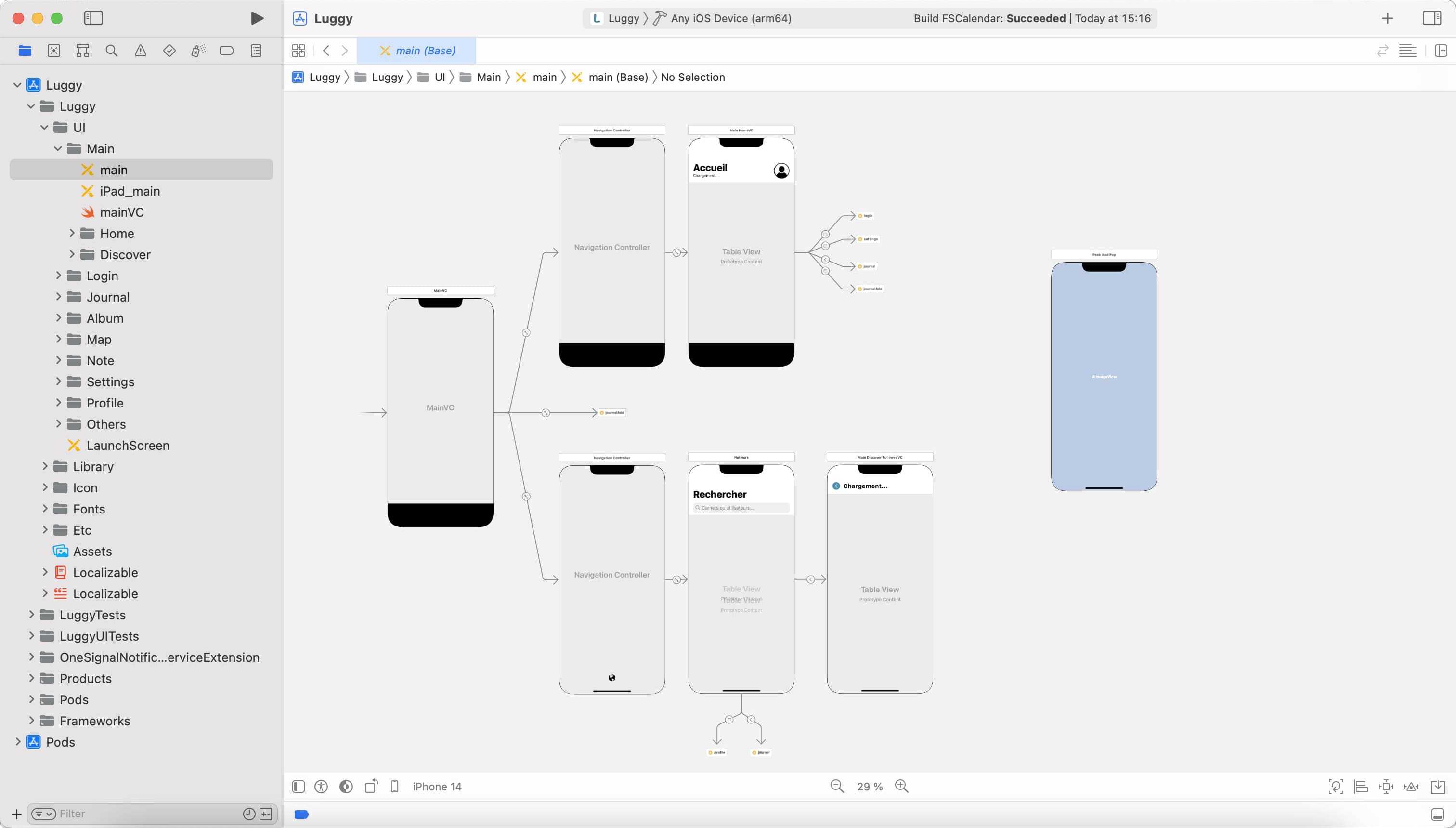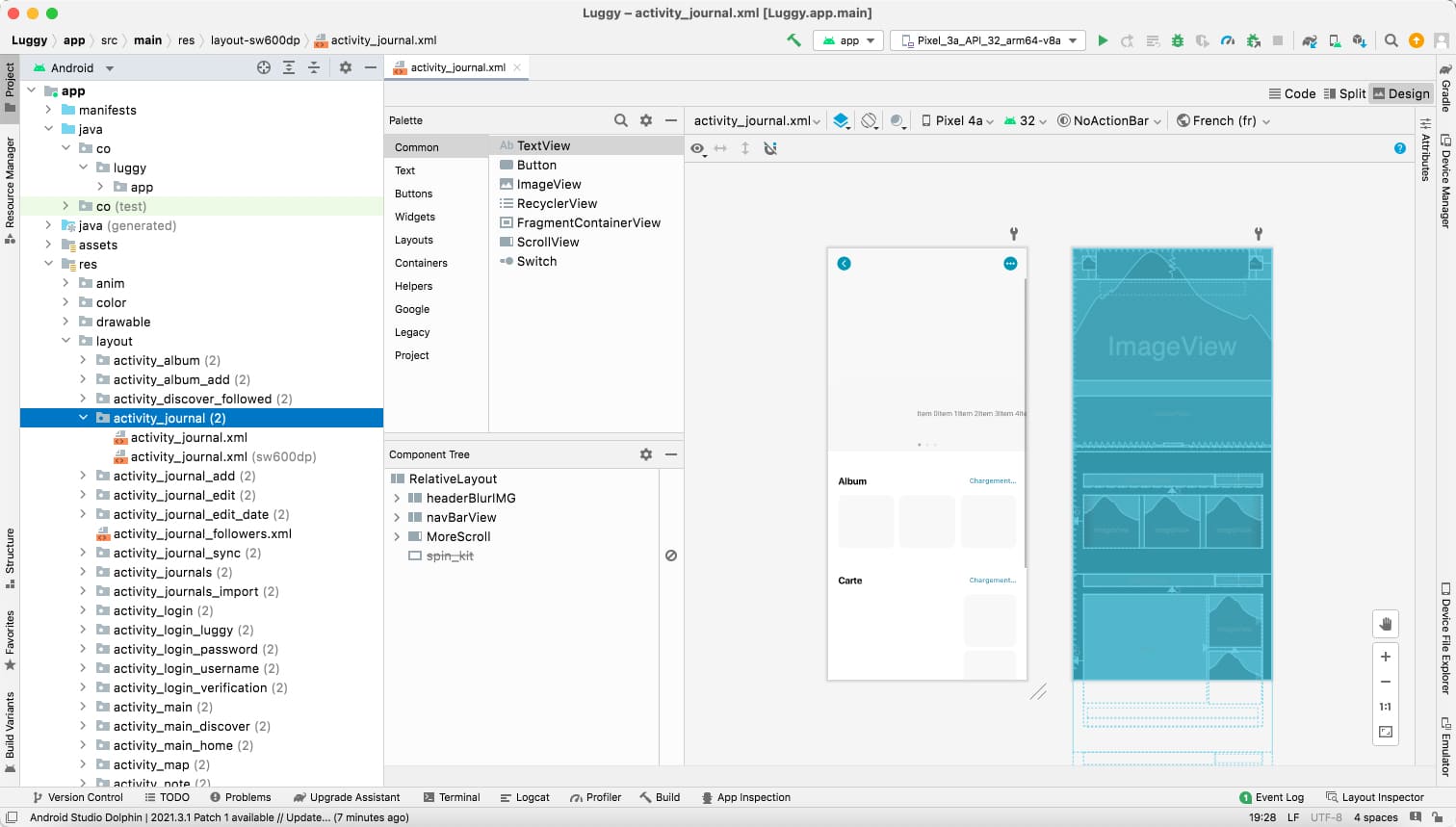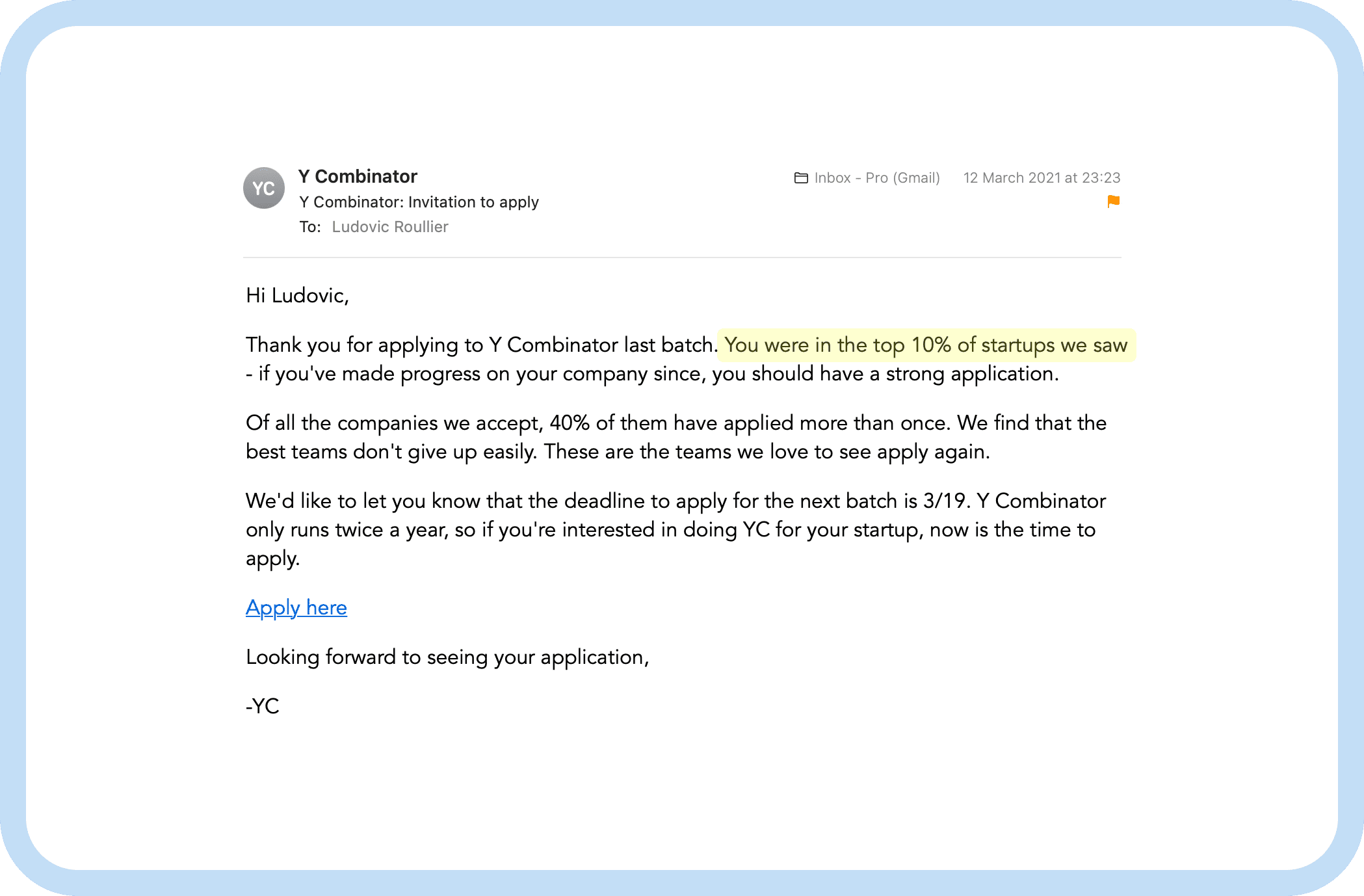

Luggy was the project that launched my career. I started working on it in early 2018 with the goal of creating an app that could bring together travel enthusiasts in a more meaningful way. While other social networks allowed people to share photos or check-ins, I felt there was a gap for communities who wanted to exchange real lessons, cultural insights, and travel stories.
To reach a global audience, Luggy had to run on both iOS and Android, be simple to use, and have a reliable backend to support travelers from all over the world. The challenge? I built the entire platform on my own — design, development, and launch.
After a few months of work, Luggy was released on iOS and Android on June 13, 2019. On launch day, I also published a short film on YouTube called Dropout, where I shared the creation journey with a touch of humor.
From there, I kept improving Luggy based on user feedback, releasing multiple updates. The app quickly became a favorite among travelers who wanted more than just a photo feed — they wanted a space to connect, share stories, and inspire one another.
I built the iOS version using Xcode and Swift. This project gave me my first real experience with mobile app development and taught me how to balance functionality with a great user experience. As a beginner, I knew my code wouldn’t be perfect, but the process gave me a solid foundation in iOS development and the confidence to tackle bigger projects.

I built the Android version using Android Studio and Java. As an Apple user, working on Android felt less instinctive at first, but I focused on creating the same seamless experience as on iOS. Both versions shared the same features and performance, giving travelers a consistent app no matter their device. Building for Android taught me a lot about the differences between the two platforms and broadened my skills as a developer.

I rented a VPS from OVHCloud and built a simple backend to handle storage and the MySQL database. While it worked, I later realized a more scalable solution like AWS would have been a better fit. Since the VPS was based in France, even with SSD storage and optimizations, users in some regions still experienced higher latency. This experience taught me the importance of choosing the right infrastructure early on.
A few months after launch, with many updates shipped and thousands of users onboard, I wanted to take Luggy to the next level. While it’s possible to achieve a lot as a solo founder with a limited budget, I realized that building a truly successful product often requires a team of specialists. That’s when I began learning how startups work — exploring fundraising, accelerators, incubators, venture capital, and everything that comes with scaling an idea into a company.
Then... Covid-19 arrived.
Since Luggy was primarily used by French travelers, usage collapsed almost overnight with lockdowns and travel bans. I used this downtime to keep improving Luggy and to push myself further: I applied to Y Combinator, the world's most renowned startup accelerator.
At first, my application was rejected — not too surprising given the scope of my solo project compared to the scale of YC startups. But months later, I received an unexpected follow-up: my application had ranked in the top 10% of startups reviewed that batch. That recognition meant a lot to me. It was the first time such a respected organization validated that the work I had done — independently, from the ground up — carried weight and potential.

After several applications to Y Combinator and many conversations with investors, I ultimately decided that Luggy would remain the side project I had built from my bedroom. Over the years, thousands of travelers used Luggy, and when I eventually took it offline — simply because I no longer had the time to maintain it — many of them reached out to tell me how much they loved the app and how meaningful it had been to their journeys.
While I don’t plan on bringing Luggy back, I carry an immense sense of pride for what I accomplished. Building Luggy taught me how to take an idea from scratch to a product used and appreciated by real people, entirely on my own — lessons that continue to shape how I approach products today.
After spending three years of my life working full time on Luggy, I came away with three lessons that continue to guide me: an idea is worthless without strong execution, the best way to learn is through mistakes, and while you can move fast alone, you go much further with a team.
If I had to start over, I would avoid the mistakes I made early on — and that gives me confidence in my future as a Product Designer. Luggy gave me the chance to work through every stage of creating an app, from concept to launch to growth, and I see that as an invaluable asset.
It also showed me where my true passion lies. I realized I feel more fulfilled as a Product Designer than as a Software Engineer. I thrive in the creative side of building products, empathizing with users, and solving their problems. For me, user experience always came first; technology was simply the means to get there.
Luggy was an immense and formative project — one that shaped who I am today as a designer.
Luggy brought together thousands of travelers and gave them a space to share their adventures. It allowed parents to follow their son’s journey across the world, and a father to stay connected with the daily life of his wife and child while they were away. More than anything, Luggy highlighted the beauty of travel without the superficiality of “likes” and “follows.”